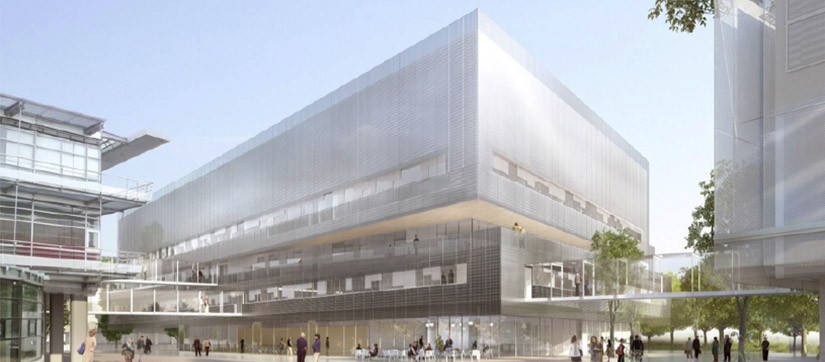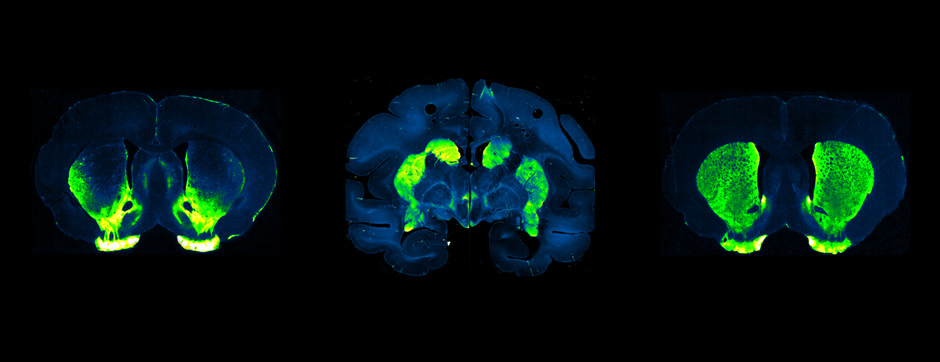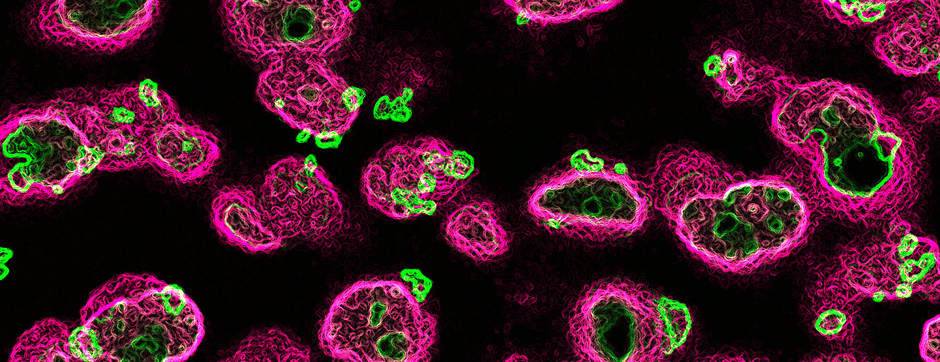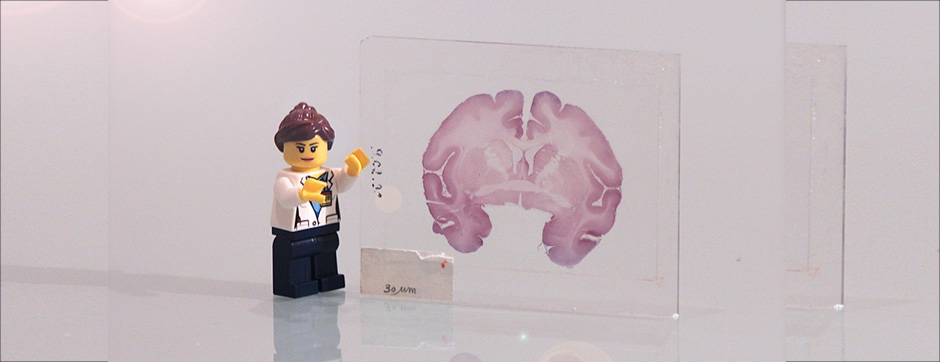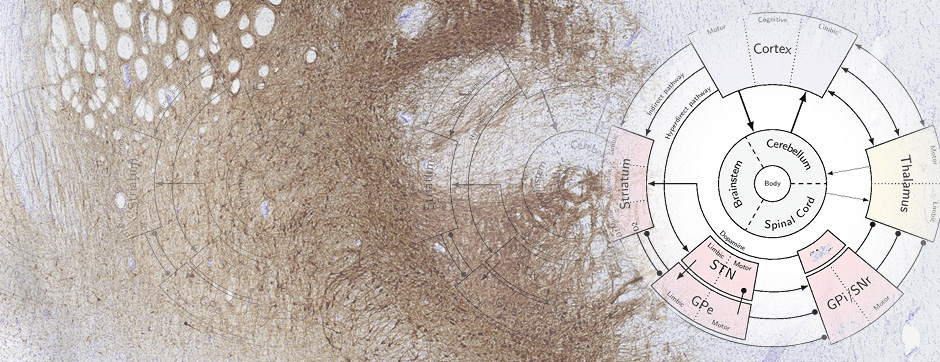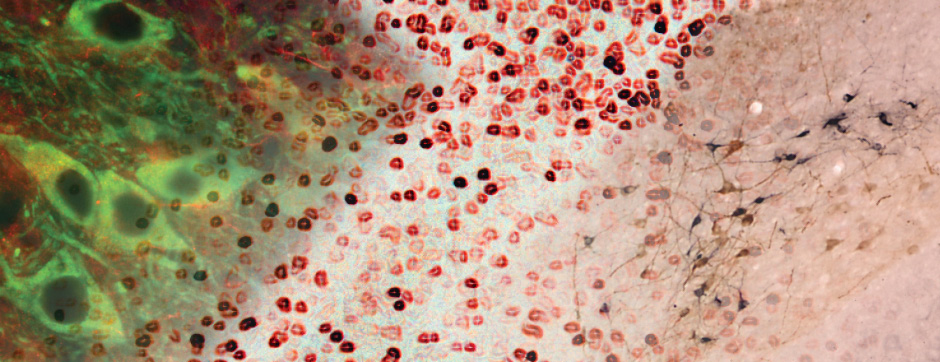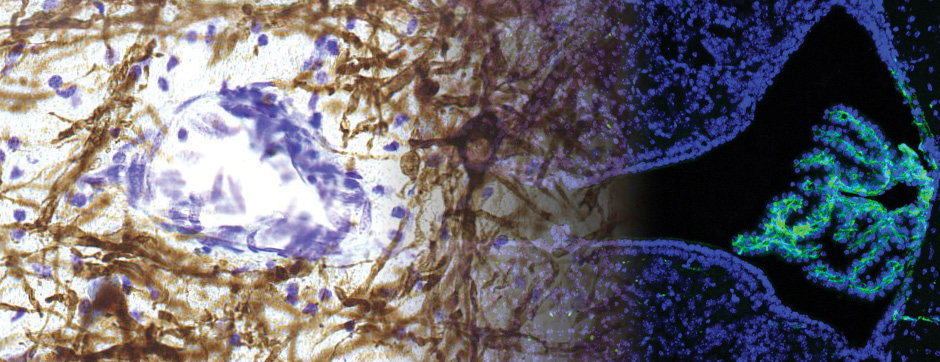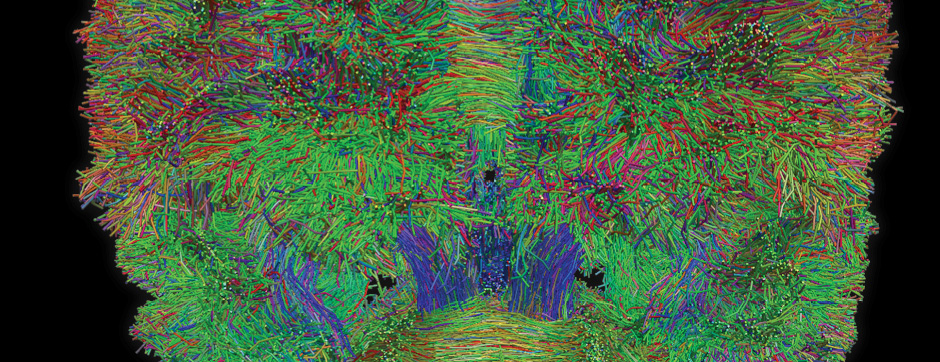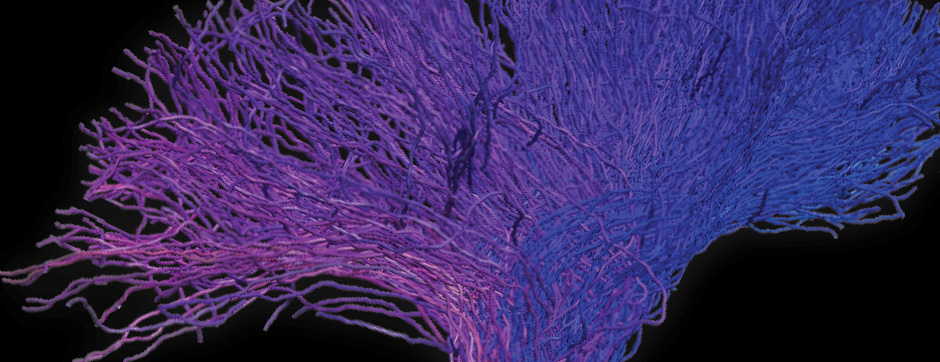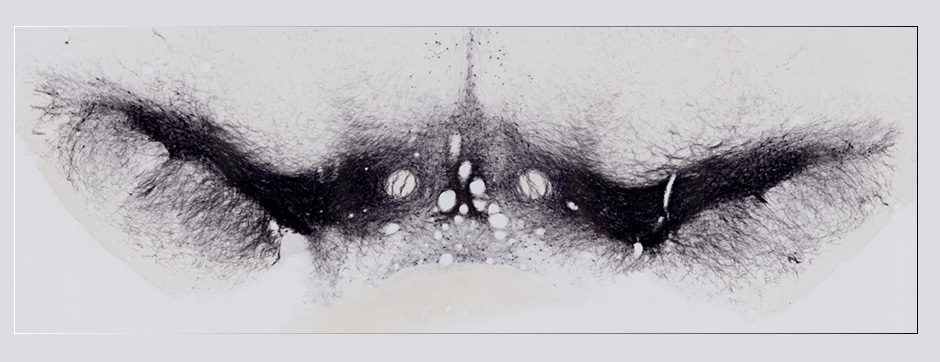Postdoctoral position – Pathogenesis of Multiple System Atrophy
The team “Integrative Neuropathology of α-Synucleinopathies” (SynTeam), led by François Ichas and Francesca De Giorgi at the Institut des Maladies Neurodégénératives in Bordeaux, is seeking an independent postdoctoral scientist. The selected candidate will participate in a Franco-Swiss collaboration with Henning Stahlberg’s laboratory at EPFL. The project’s objective is to investigate the pathogenesis of Multiple System Atrophy (MSA) on molecular and cellular levels.
Multiple System Atrophy (MSA) is a progressive neurodegenerative disease among synucleinopathies. Patients diagnosed with MSA often have limited life expectancy. In the brains of MSA patients, the protein alpha-synuclein (α-syn) aggregates into fibrils of specific strains, initially found in neuronal nuclei, cytoplasm, and processes, and later in oligodendrocyte brain cells, forming glial cytoplasmic inclusions (GCIs). GCIs are associated with significant brain damage and neuronal death.
In collaboration with the University of Salento and ANSES, we have characterized an α-syn fibril polymorph, termed “1B,” which induces similar disease patterns in non-transgenic mice as seen in human MSA. These mice exhibit comparable neuropathology progression.
In conjunction with Henning Stahlberg’s group at EPFL in Lausanne, we have determined the high-resolution structure of the “1B” fibrils at 1.93Å using cryo-electron microscopy (cryo-EM) and utilized correlative light and electron microscopy (CLEM) to visualize “1B”-induced fibril formation in mouse brains. The “1B” fibrils exhibit a characteristic C-terminal pocket found in α-syn fibrils purified from human MSA patients.
Over this four-year project, we will study the “1B” fibrils in detail, investigating the origins of their MSA-like properties linked to the α-syn sequence and the cellular environment. We will seed “1B” into primary cell cultures and in vivo, extracting seeded aggregates to study their structure and identify binding proteins. Using mice as an animal model, we will analyze the fibril invasion mechanisms. We will evaluate the steps through which fibrils form neuronal nuclear inclusions and cytoplasmic inclusions, subsequently causing α-syn aggregates in GCIs. Additionally, strategies will be identified to prevent the propagation of fibrils and influence the fibril polymorph to deviate from the “1B” fold.
We seek an experimental scientist with a PhD degree and a background in molecular neuroscience and experimental neuropathology. Skills in in vivo experimentation, such as stereotaxic surgery in mice, are required. Experience with brain immunohistology and imaging techniques would be advantageous. The applicant should possess strong team-working capabilities, the ability to independently conduct experimental research, and excellent communication skills in spoken and written English. Proficiency in French is not mandatory.
The project is funded by the ANR until 2029, and the position is available starting October 2025 for an initial period of one year, renewable twice.
Interested candidates should send a cover letter with a brief description of research experiences, interests, and accomplishments, their CV, and the names of 2 to 3 references to:
François Ichas
Francois.ichas@inserm.fr

